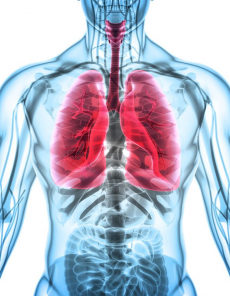

Cystic Fibrosis: A major advance in the scientific studies for the molecular mechanisms, symptoms and treatments
The average lifespan for a person with cystic fibrosis is sadly 25-30 years and is one of the most recurrent genetically inherited diseases. It is prevalent in Caucasians, affecting 1 in 3000 new-borns in Europe. Cystic fibrosis is the best and most widespread study concerning ABC protein dysfunction. Over the years, scientific research has steadily improved leading to earlier diagnosis, where the median age of diagnosis is 3.6 months and upgraded therapy. Some treatments, for example hypertonic saline solution, is already used to treat the disease, but other therapies are still being developed. Research is on-going to provide the best treatments to extend life expectancy and improve the quality of life of those suffering from the disease. Understanding how the CFTR complex regulates intracellular trafficking dispenses a comprehension of the aetiology.
Introduction: Cystic fibrosis is a pernicious genetically inherited disorder that affects the lungs, pancreas, liver, kidneys and intestine. The nomenclature derives from the presence of cysts and excess connective tissue (fibrosis.) The disorder leads to lifelong issues such as difficulty with breathing, excess mucus, coughing and frequent lung infection. A person can be a carrier without having the disease because cystic fibrosis eventuates due to autosomal recessive alleles. A sufferer of the disease must inherit two mutated gene copies received from both parents. Sweat can be examined to diagnose as well as an assessment of genes, but there are signs and symptoms that can signal the disease. A sufferer may be prone to sinus infections, face fatty stools, clubbing of the fingers and have slow growth. Cystic fibrosis is caused by a mutation in the cystic fibrosis transmembrane conductance regulator (CFTR) gene. The gene is found at the q31.2 locus on chromosome 7. The mutated gene then goes on to produce a faulty CFTR protein, or produces no protein at all. CFTR holds various essential roles, such as controlling chloride ion movement, regulating osmotic gradients, and the production of sweat, digestive fluids and mucus. CFTR is a transmembrane protein that would normally be found in the epithelial membrane of the lungs, sweat glands, pancreas and other organs in healthy people.
CFTR is an ABC gene (ATP-binding cassette transporters) that produces an ion channel called CFTR protein. The protein is comprised of two nucleotide binding domains (NBD 1 and 2) that allow ATP to be used as a source of energy, two membrane-spanning domains that allow for it to be a transmembrane protein (MSD 1 and 2) by being anchor sites, and a regulatory domain (R domain) that is a binding site which enables activation. The protein is activated by phosphorylation using cAMP-dependent protein kinase predominantly.
Image: https://aridispharma.com/cystic-fibrosis/

0 Comment:
Be the first one to comment on this article.